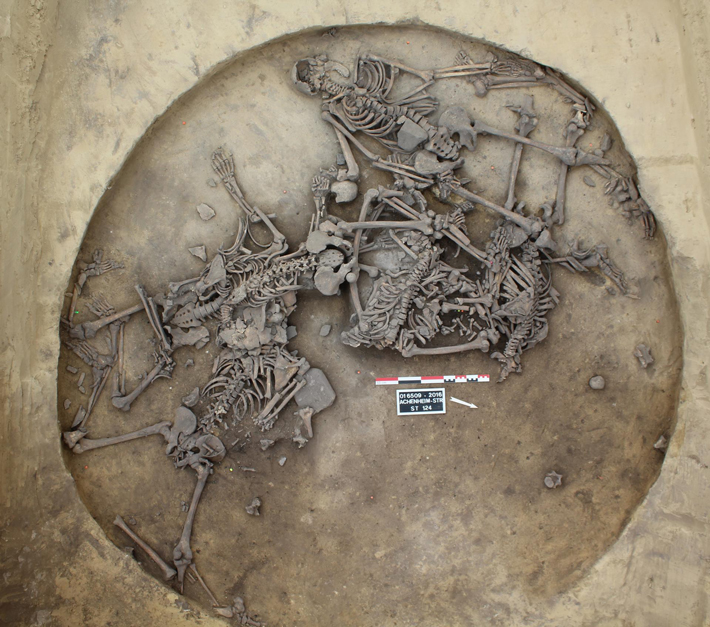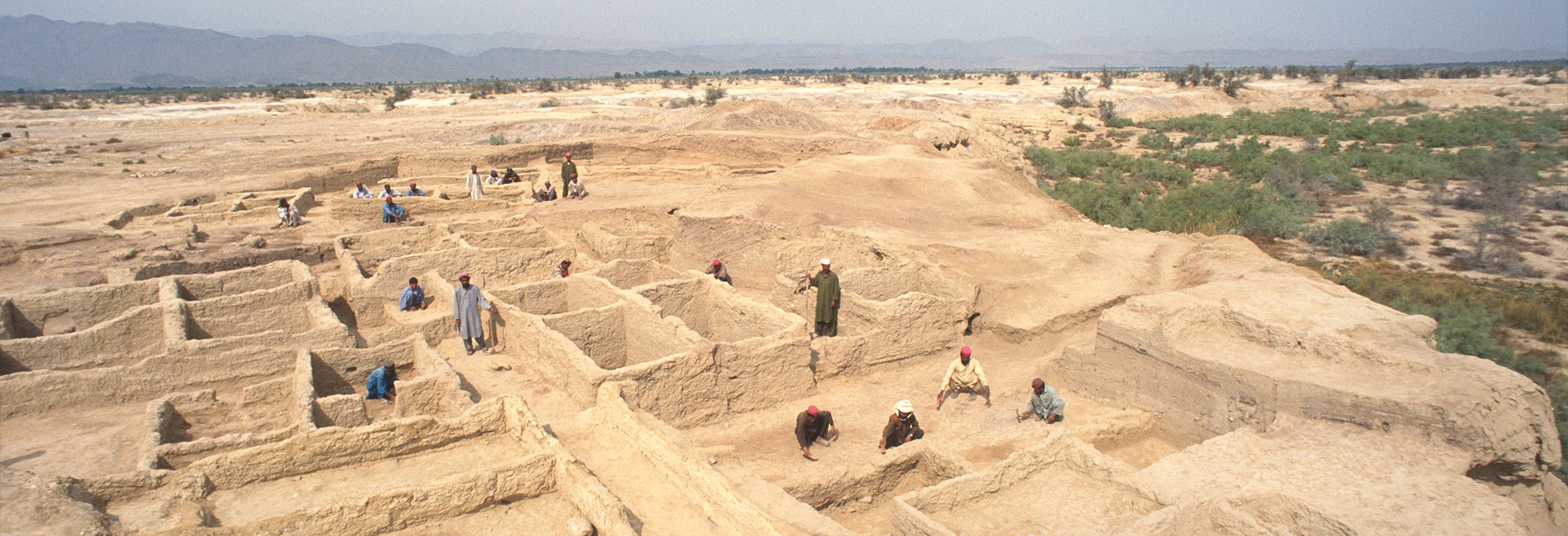CHAMPAGNE, FRANCE—Eva-Maria Geigl of Paris City University and the French National Centre for Scientific Research and her colleagues analyzed the genomes of seven people whose remains were discovered in the same grave in central France, and found that they shared ancestry with both local early farmers and herders who came from the open grasslands of what are now Ukraine and Russia, according to a Science Magazine report. Previous studies have shown that migrants from the steppe mixed with European farmers and sometimes replaced them. This Neolithic grave is about 4,500 years old, and the burials, including the remains of three women, a man, two young children, and an infant, occurred over a period of decades. All of the women were found to be related to local European farmers, but the man and his son had ancestors from the steppe. “What we saw in the adult man was the introduction of steppe ancestry in real time,” Geigl said. The analysis also showed that one of the women in the grave was the mother of the man with steppe ancestry, and therefore the grandmother to his seven-year-old son. Her partner, whose remains were not found in the grave, is estimated to have had about 70 percent steppe ancestry. “Steppe women didn’t mix with local farmers, but the steppe men did,” Geigl said. In fact, genetic traces of these men from the steppe have been detected on the Y chromosome of modern European men. Read the original scholarly article about this research in Science Advances. For more on ancestry in Neolithic Europe, go to "Seeds of Europe's Family Tree."
Family Burial in France Reflects Mix of Farmers and Herders
News June 26, 2024
Recommended Articles
Digs & Discoveries September/October 2016
Culture Clash

Digs & Discoveries July/August 2025
Neolithic Neophytes

Letter from the Levant March/April 2025
On the Origin of the Pork Taboo
Exploring ancient people’s shifting beliefs about rearing and eating pigs


-
Features July/August 2024
The Assyrian Renaissance
Archaeologists return to Nineveh in northern Iraq, one of the ancient world’s grandest imperial capitals
 (Land of Nineveh Archaeological Project)
(Land of Nineveh Archaeological Project) -
Letter from Nigeria July/August 2024
A West African Kingdom's Roots
Excavations in Benin City reveal a renowned realm’s deep history
 (Mike Pitts)
(Mike Pitts) -
Artifacts July/August 2024
Etruscan Oil Lamp
 (Courtesy Museo dell’Accademia Etrusca e della Città di Cortona; © DeA Picture Library/Art Resource, NY)
(Courtesy Museo dell’Accademia Etrusca e della Città di Cortona; © DeA Picture Library/Art Resource, NY) -
Digs & Discoveries July/August 2024
Bronze Age Beads Go Abroad
 (Courtesy Cambridge Archaeological Unit)
(Courtesy Cambridge Archaeological Unit)


